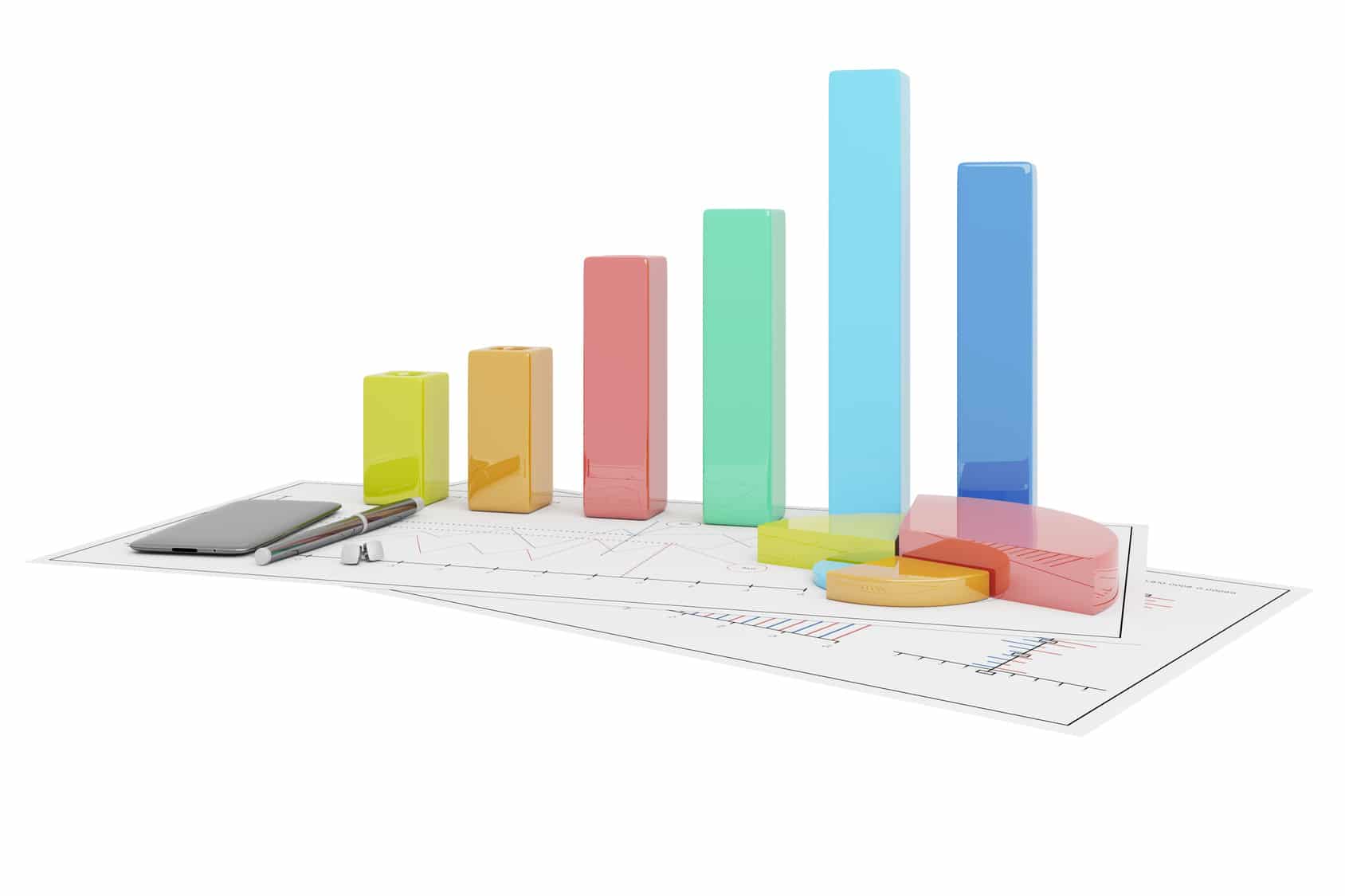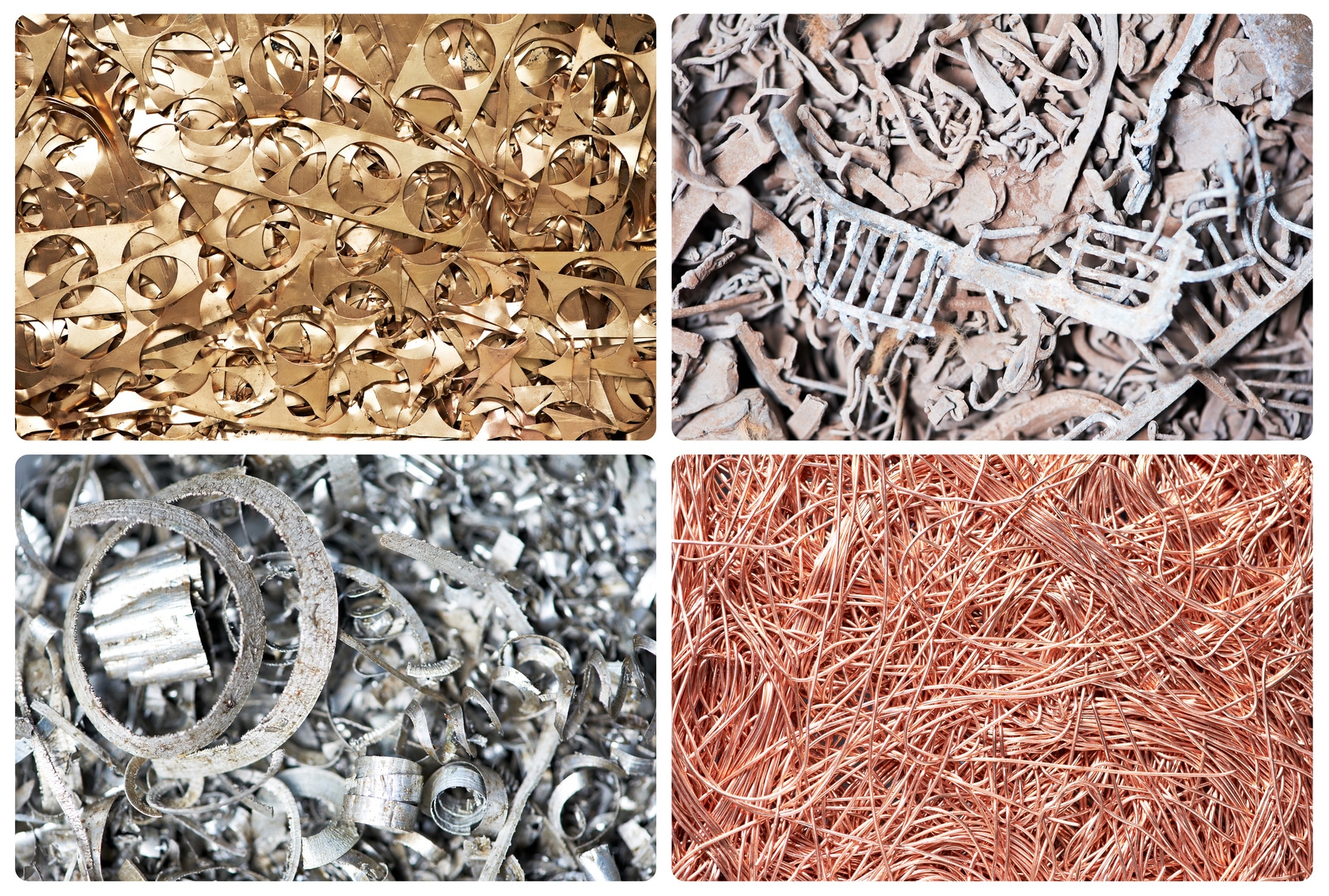The scrap metal and scrap metal recycling industries are a very important part of U.S. revenue and economic wellbeing, generating billions of dollars every year and providing numerous jobs. Of course, like all industries, year-over-year changes and fluctuations in the market are common. Here are some industry insights for the scrap metal industry for 2018 that are important to know if you work in the scrap metal industry, or are a scrap metal buyer or seller–
Who Are We Talking About When We Say “Scrap Metal Industry?”
When we use the term “scrap metal industry,” we are talking about numerous different players. These key players include:
- Steel and iron recyclers;
- Aluminum scrap recyclers;
- Lead scrap recyclers;
- Copper scrap recyclers; and
- Other nonferrous scrap recyclers.
In addition to recyclers, all those involved in the collection and processing of ferrous and nonferrous materials are counted, too.
Revenue Is Slightly Down
According to IBISWorld, over the past five years, the scrap metal industry has declined ever so slightly – 2.3 percent to be exact. As such, U.S.-based scrap metal revenue generated approximately $39 billion in 2018. In addition to the slight revenue decrease compared to previous years, the number of scrap metal businesses has also decreased by .9 percent, and the number of scrap metal employees has decreased by .6 percent.
What’s Expected for the Industry?
It can be difficult to make accurate predictions about the industry – a change can be preceded by a political move, bad weather, or numerous other unexpected circumstances. That being said, some forecasts for the future include:
- The price of steel is expected to fall slightly, which could threaten the scrap recycling industry. When prices for steel are lower, there is less demand for scrap recycling.
- However, the industry could also experience a boom in the future, at least in the United States. This is because China buys a lot of American recycled steel products, and as the GDP of China is expected to increase, so are the country’s building and development needs, increasing the demand for steel.
Contact Scrap Metal Services, LLC Today to Learn More
If you have questions about scrap trends or scrap recycling or want to get fair market value when selling your scrap, call our team at Scrap Metal Services, LLC today. We are a leader in the scrap recycling industry and have years of experience behind us. Reach us at 708-730-1400 today or send us a message to learn more.



